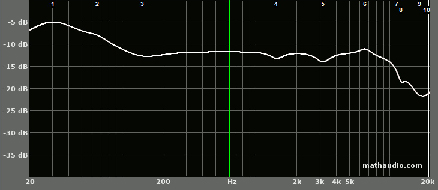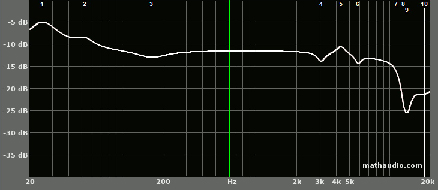Yes, I've heard this and it's weird to me. Why some people think this? Do you listen to many genres or only audiophile tracks?
One thing I don't understand from your statement is the more bass presence causing 650 to sound sharp. I thought it would be opposite, unless you mean you notice a valley in-between the upper-mids and bass impact region. Perhaps you mean, you notice more dynamics from the 650, and it's too much for you. I think the latter is likely the case. If this is the case, avoid Focal Elex or Utopia as they are more dynamic and sharper.
I really don't know how somebody can't enjoy the 650 for vocals, it's so smooth to me. I guess not for everybody.
Honestly, I have no idea what you mean by "audiophile tracks" vs. multiple genres. Music is music, if it's mastered/released in good quality, "genre" and "audiophile" are not mutually exclusive. I'd say my library is more pop and EDM these days (I prefer my EDM to have featuring vocals in them), though I do have a decent amount of rock from the old days as well. Haven't heard the HD650 in a while at this point, so my audio memory is gonna be clouded a bit, but I meant what I said. And I did actually try the Utopia before, too sharp for my tastes, damn clear though, but sound sig wasn't for me.
This isn't to say the vocals on the HD650 aren't smooth, I'm not taking that away from it, but due to overall sound signature, I prefer the presentation of the HD600 more. Bass response for me really affects just about everything higher up the frequency scale, from mids to the treble.
Consider the hearing analogous to sight (which it is, really, they're both part of your set of main senses). If you're in darkness a bunch, your eyes will be much more sensitive to bright lights. That reaction can be on a very short time scale. On a longer time scale, and tied together, would be the relationship between your sight and your hearing (though really in only one direction); if you can't see for an extended period of time, your hearing becomes more sensitive and you're able to hear more around you and in greater detail. As there's more bass in the HD650, it becomes more apparent to hear the sharper frequency responses above, and as such, the HD650 becomes sharper to my ears than the HD600 despite the peaks in the HD600s measurements.
It may be weird to you, but remember why this hobby exists in the first place: my ears aren't yours and your ears aren't mine. Hearing is perceptive and subjective and the mind is complex. Or just conclude I've got crap ears, wouldn't argue with you on that one






























